Art Beat visits an exhibition of work by the artist known as the 'Picasso of the Azores'
- Oops!Something went wrong.Please try again later.
- Oops!Something went wrong.Please try again later.
Born in Ponta Delgada on the island of Sao Miguel, the painter Domingos Rebelo has often been referred to as the “Picasso of the Azores.”
However, it is rather unlikely that Rebelo, who studied at various academies in Paris between 1907 and 1913, would be flattered with that comment. At the age of 78, in an interview with Cristiano Lima published in the Diario de Noticias, the artist expressed his admiration for the works of Claude Monet, the founder of impressionism, as well as the Spanish impressionist and modernist Joaquin Sorolla, and the French Symbolist painter Euguene Carriere and others.
But of Picasso, Rebelo stated that the great Spanish cubist painter was but the product of a “mental aberration” of his time.
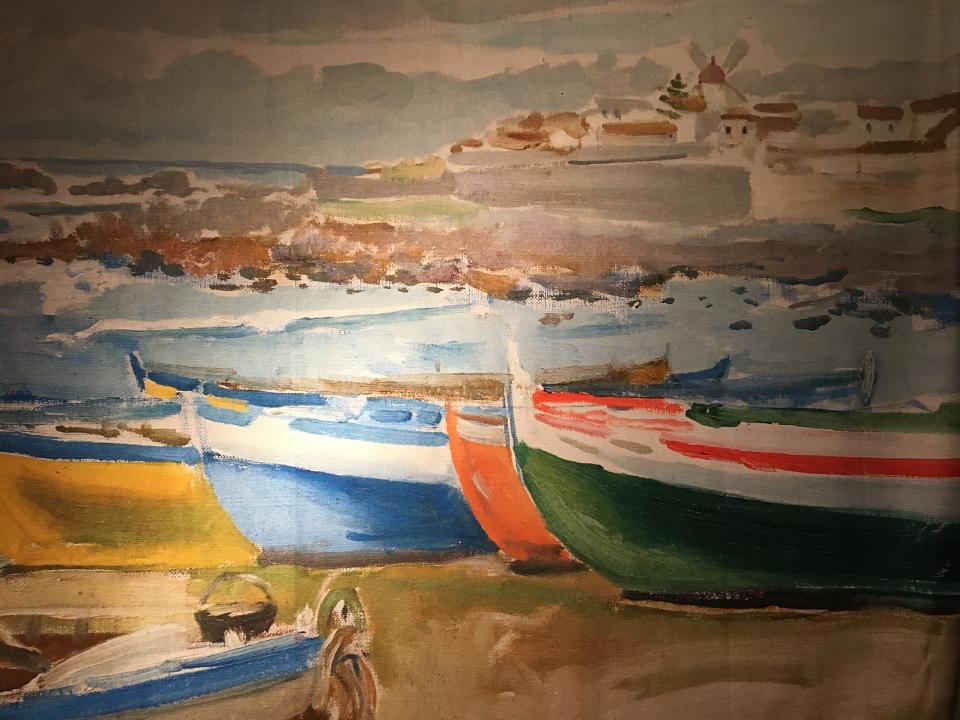
Perhaps, he found more pleasure in a letter from the Portuguese poet and author Vitorino Nemesio, written to him after an exhibition in Angra do Heroismo in 1924.
Nemesio wrote: “Domingos Rebelo is the complete painter of the Azores…you are the person through which the color of these islands appears…you unveil the secret of our private color…the room where you were born let the Virgin Mary of Light pass through without refraction…”
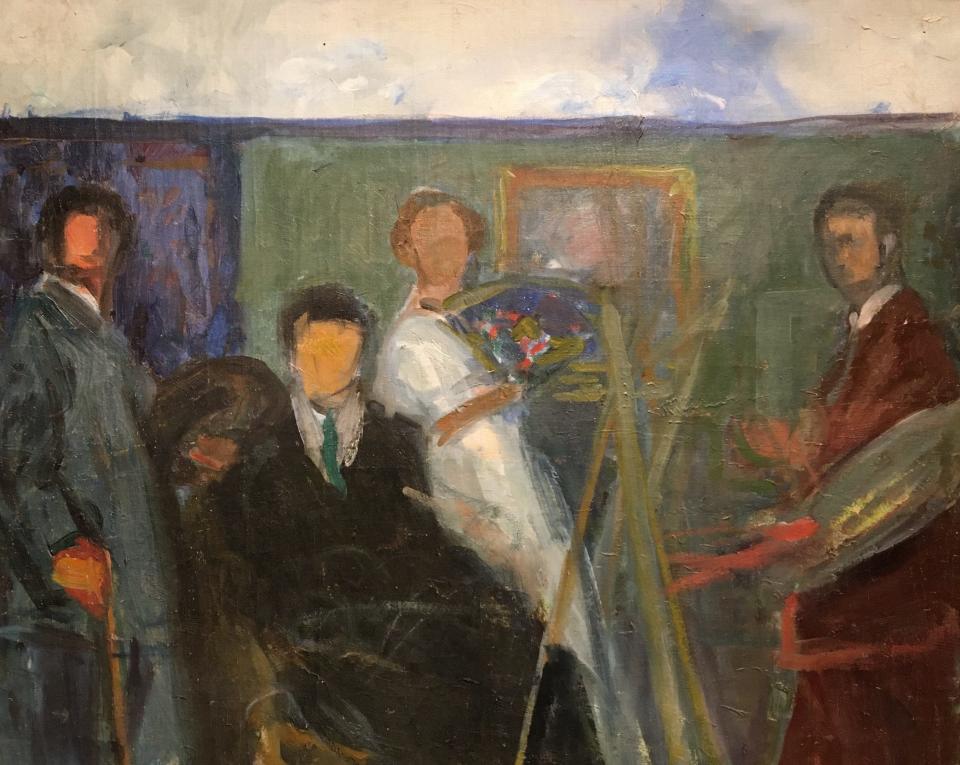
High praise indeed. And despite Nemesio’s specificity to the Portuguese archipelago and the religious symbolism, Rebelo’s artwork speaks to universal themes, tethered to real life experiences. The personal details reveal commonalities experienced by many: the bonds of shared labor, the love of family, the rewards of community, the hardship of emigration, the anticipation of a child, and the rituals of worship.
Displayed in the Wattles Family Gallery in the New Bedford Whaling Museum, “The Azorean Spirit: The Art of Domingos Rebelo” is a joyous explosion of color and emotionally driven narratives.
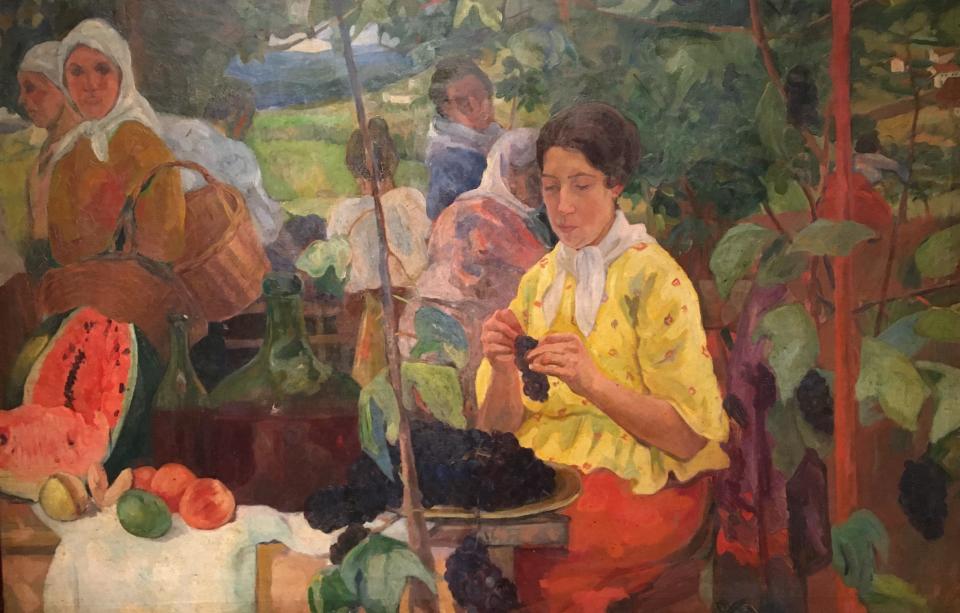
Upon entering the gallery, visitors are greeted by a large painting titled “”Maria da Gloria Pereira Rebelo,” one of the highlights of the exhibition. A woman wearing a knotted white scarf, a patterned yellow blouse and a brilliant orange skirt is seated among a small group of people as she plucks grapes.
There are great green glass jugs of wine. A table is laden with halved watermelons and other fruit, perhaps some shellfish. It is a specific moment in a specific era in a specific place. And yet it seems timeless and modern all at once. Behind the table, another woman walks by, a wicker basket on her shoulder and her hair beneath a white kerchief.
She stares back at the viewer knowingly as if she were looking at a camera, a thoroughly modern moment - if the painting had not been done in 1912.
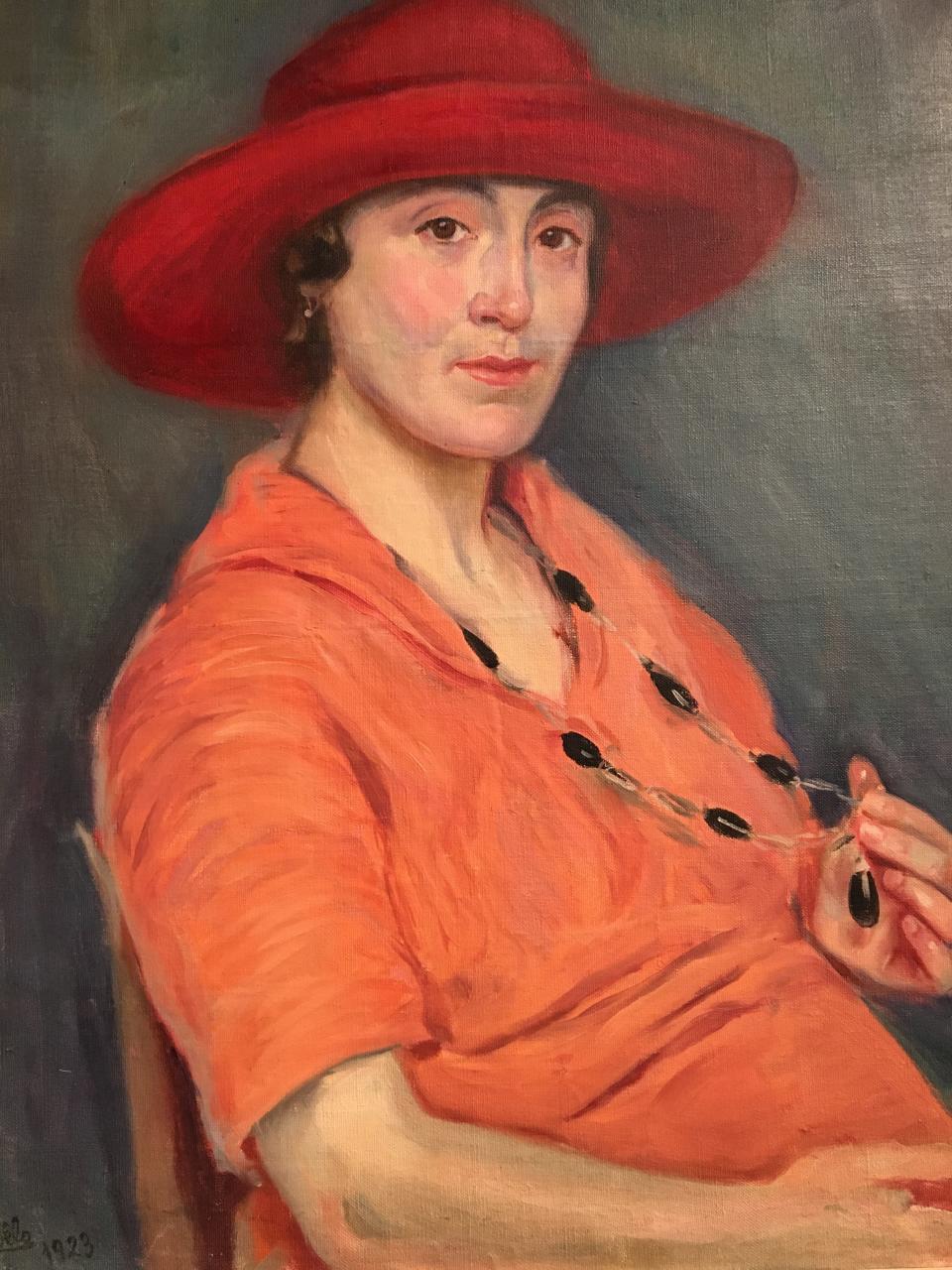
“Maria Josefina Correia Rebelo (The Painter’s Wife)” is a portrait which demands attention. In a wide brimmed crimson hat, she stares unflinchingly at the viewer, almost breaking the fourth wall, if such a thing were possible. One hand lifts a beaded necklace away from her chest, while her other rests on what appears to be a belly swollen with child.
There are many other portraits displayed, including one of the artist himself, in a fedora and white shirt, with a cigarette dangling from his lips. Again, the image reverberates with the notion of the fashion of the past. But it could just well be a contemporary hipster.
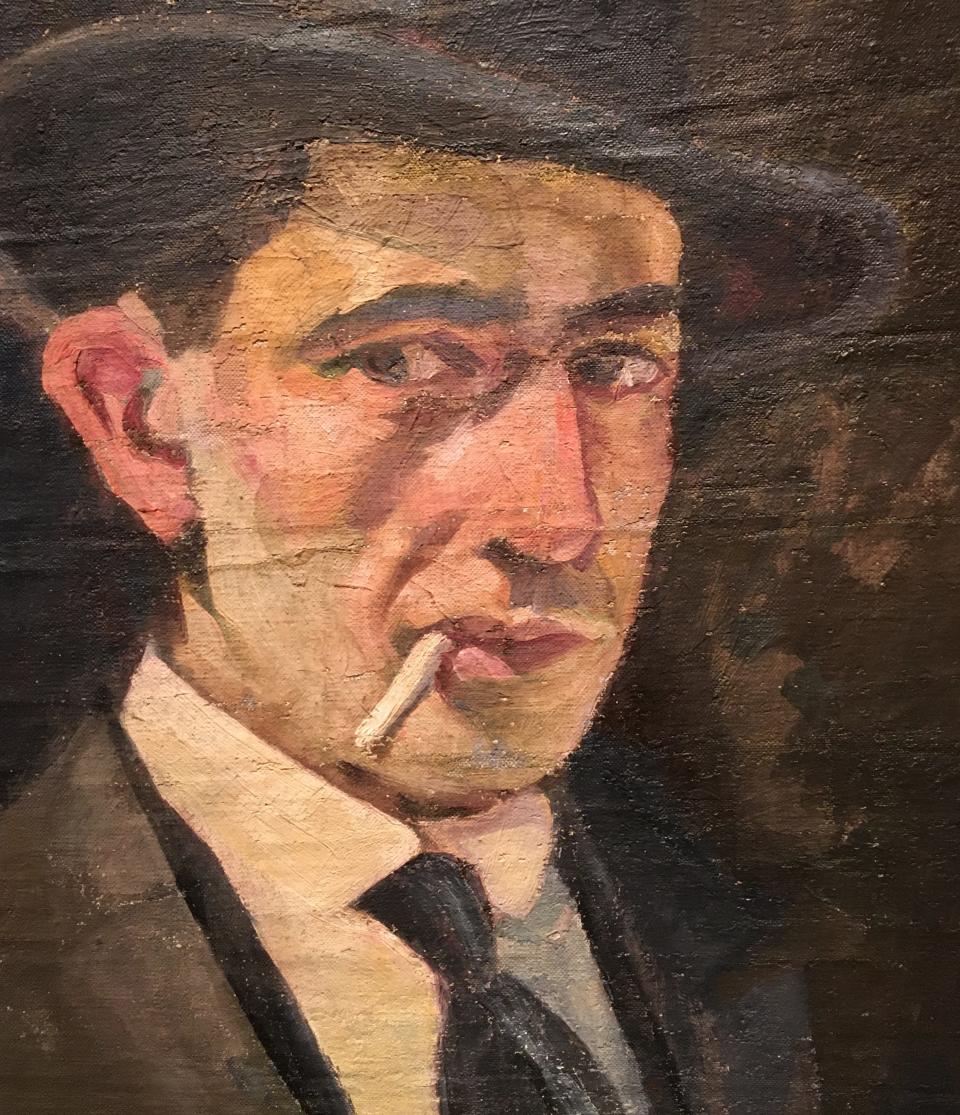
“Landscape and Washerwoman” is a painting both dazzling and dizzying, in which the woman of the title seems to be an afterthought, almost lost in the scene. The earth itself seems to curve almost impossibly. It is such an unexpected depiction of a landscape that it is a jolt to the system.
Beyond the paintings of fishermen and interior scenes and Don Quixote and musicians and children and religious scenes and siblings and boats, there are a number of pieces that resonate for other reasons.
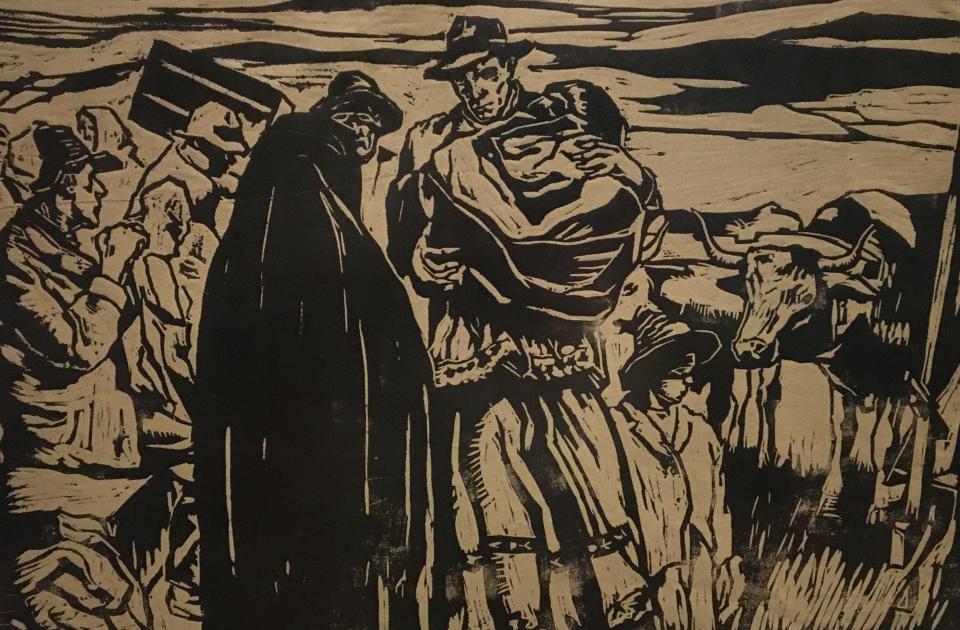
In particular, “The Emigrants,” a monochromatic engraving from 1956, and “Embrace,” a charcoal on paper study from 1959 speak not only of the past of the always present.
Like birth and death, love and hate, and community and solitude, emigration and immigration have always been part of the human condition. To seek better fortune, to travel to a new land, to flee tyranny, famine, natural disaster or war, people have always crossed borders, either real or imaginary, to find a better life.
That might have been the Portuguese coming to the South Coast, Central-Americans attempting to cross the Rio Grande or Ukrainians fleeing to Poland and elsewhere in Europe.
Looking back at the work of Domingos Rebelo is a reminder that some things are eternal. That Azorean spirit is the spirit of all people.
“The Azorean Spirit: The Art of Domingos Rebelo” is on display at the New Bedford Whaling Museum, 18 Johnny Cake Hill, New Bedford until Sept. 22.
This article originally appeared on The Herald News: Domingos Rebelo work on display at the Whaling Museum in New Bedford

